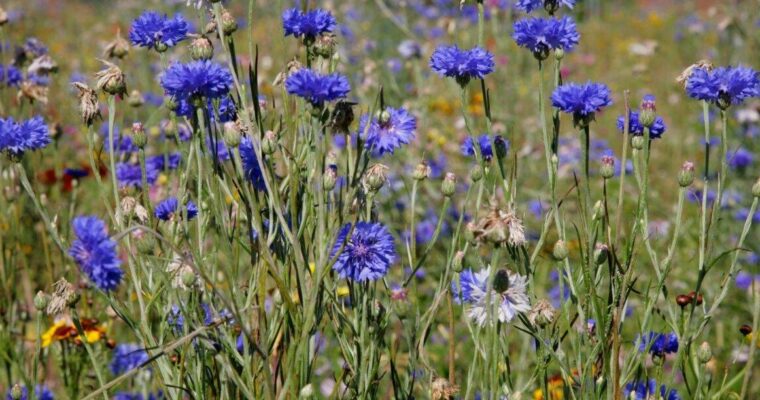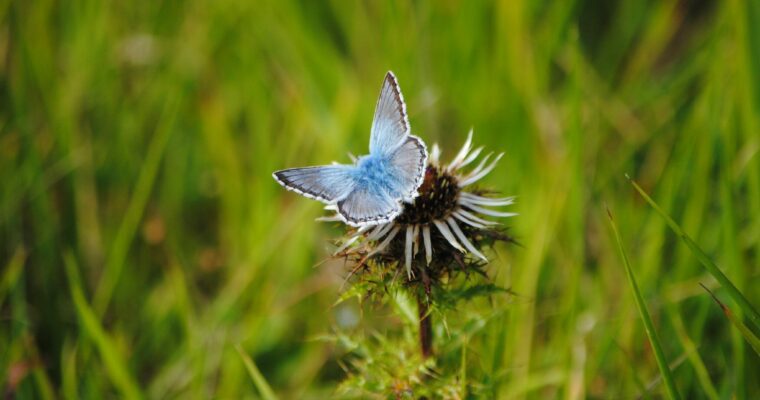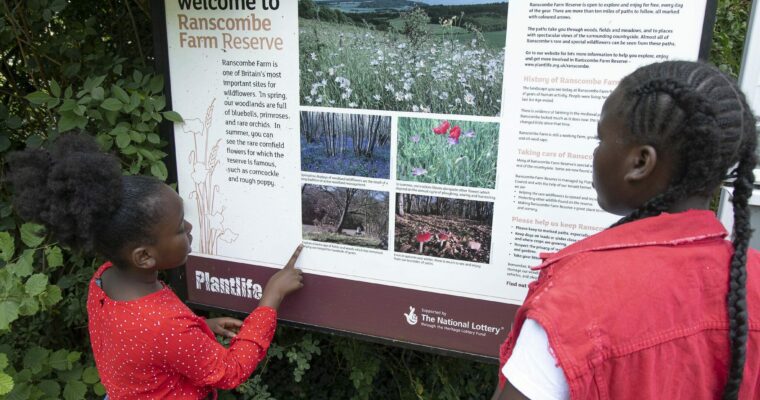Farming has always played a key role in shaping the landscapes within the North Kent Woods and Downs, contributing not only to the area’s character but also to its rich biodiversity. While we don’t directly manage farming within the reserve, we actively support and encourage sustainable farming practices that work in harmony with the environment and help restore and protect vital habitats for a wide variety of species. These practices are essential for maintaining the area’s distinctiveness, as well as providing a strong foundation for the local wildlife that depends on it.

One excellent example of wildlife-friendly farming in the Kent Downs is Ranscombe Farm, part of the wider landscape. This farm has long been known for its commitment to using agricultural methods that benefit the environment, including the protection of rare arable plants like cornflower, corn marigold, and poppies. These species are increasingly rare across the UK due to modern farming methods, but at Ranscombe, techniques such as reduced ploughing and minimal pesticide use help to create the ideal conditions for them to thrive.

In addition to supporting these rare plants, Ranscombe also helps foster a healthy, biodiverse environment through biodiversity-friendly farming practices like crop rotations, which attract a range of insects, birds, and other wildlife. Skylarks, yellowhammers, and corn buntings are just a few of the bird species that benefit from the farm’s careful management of hedgerows and grasslands. By maintaining a varied habitat, Ranscombe supports a thriving ecosystem that extends far beyond just wildflowers, benefitting everything from pollinators to small mammals.

Beyond Ranscombe, these principles of wildlife-friendly farming are being promoted throughout the North Kent Woods and Downs, through partnerships with farmers and landowners who are dedicated to improving the environmental value of their land. For example, field margins are often left uncultivated to create wildlife corridors, while hedgerows are managed to provide shelter and food for birds. Grasslands and wetlands are preserved, offering valuable habitats for a wide range of species.

In addition to these habitat improvements, we encourage the planting of wildflower strips along roadsides and field edges, creating a network of colour and nutrition for pollinators like bees and butterflies. These strips not only improve the visual appeal of the landscape but also boost biodiversity by providing a source of nectar and pollen for insects that are vital for pollination. Similarly, winter bird crops like wild bird seed mixes are grown to provide food for birds during the colder months, ensuring that they have a reliable food source year-round.

One of the most exciting aspects of this approach is that it’s not just about the ecological benefits—it’s also about educating the public and involving local communities in the conservation effort. At Ranscombe Farm, for example, visitors can see firsthand how farming practices can work alongside nature conservation. Regular events and volunteer opportunities invite members of the public to get involved, from taking part in wildlife surveys to helping manage habitats for future generations.
The work across the North Kent Woods and Downs NNR is a prime example of how farming and conservation can work hand in hand. By adopting sustainable agricultural practices, we’re not only protecting the land but also ensuring that future generations will be able to enjoy the beauty and biodiversity of this unique landscape.



